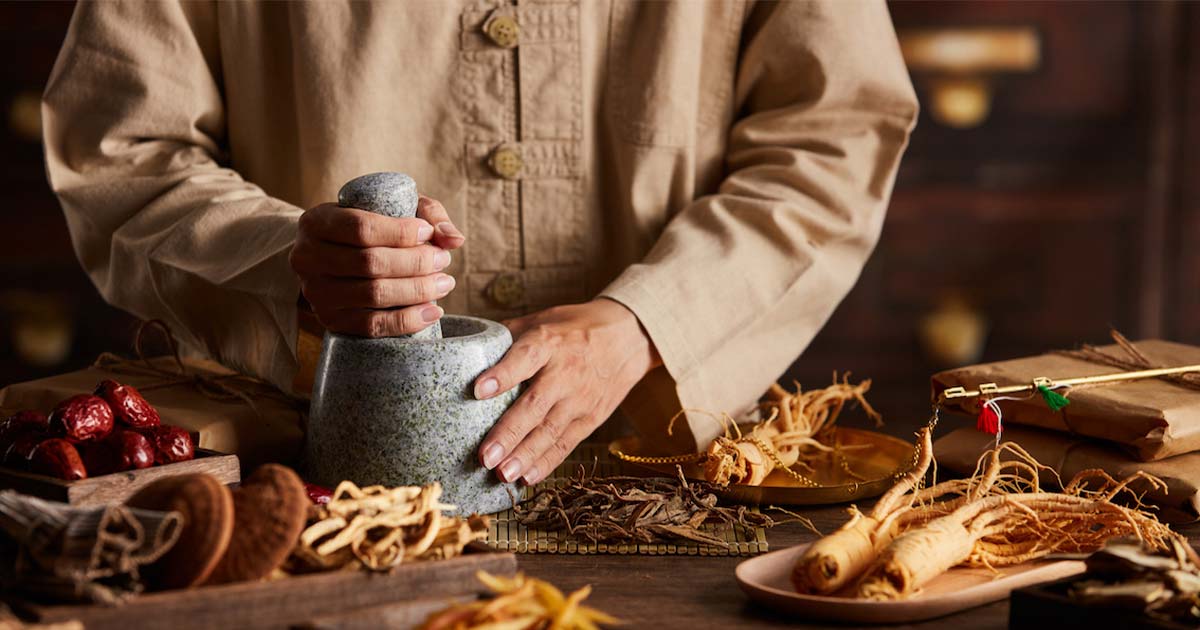Thanks to the ‘Dragon Bones’ Malaria Cure, China Unearthed its Earliest Writing
Believe it or not, but the intriguing discovery of China's earliest writing was thanks to an unlikely ally—malaria. When the Chancellor of the Imperial Academy, Wang Yirong, contracted malaria, he was prescribed dragon bones, a conventional remedy believed mystical healing properties. While usually sold in powdered form, a stroke of luck provided him with whole bones on which remnants of inscriptions were still visible. This fortuitous event ultimately led to the discovery of the famed oracle bones of Yinxu, a site now known as the cradle of Chinese writing.
Wang Yirong fell ill in 1899 and, as luck would have it, he was visited by a fellow scholar by the name of Liu E who joined him in researching the mysterious inscriptions. Their curiosity led them back to the apothecary, who refused to divulge the source of the bones. News of the discovery quickly spread among academic circles, prompting other scholars to inquire about the origin of dragon bones. Nevertheless, it wasn’t until 1908 that Luo Zhenyu, a scholar and philologist, uncovered that the bones originated from an area outside the city of Anyang known as Yinxu, the site of the Shang Dynasty's capital.
- Reading Oracle Bones and Writing the Future in the Shang Dynasty
- China Offers $15,000 for Each Deciphered Character of Mystery Text on Ancient Oracle Bones

An inscribed Shang Dynasty oracle bone. (National Museum of China / CC BY-SA 3.0)
Oracle Bones: A Window into Ancient China's Mysteries
Oracle bones hold a crucial place in China's ancient history. These artifacts, primarily ox scapulae and turtle plastrons, served as tools for divination during the Shang Dynasty which existed between 1600 and 1000 BC. The inscriptions on oracle bones revealed questions posed to ancestral spirits which covered a broad spectrum of topics.
The divination process provided insights into matters ranging from agriculture to state affairs, offering a unique window into the concerns of the Shang society. The cracks that formed on the heated bones were believed to convey messages from ancestral spirits. These would be interpreted by diviners and the answers would provide guidance on crucial matters.
Since Luo Zhenyu's revelation, thousands of oracle bones have been unearthed, unraveling the evolution of Chinese script over time. These samples include thousands of characters, many of which remain undeciphered.
Dragon Bones, Long Gu, and the Loss of Paleontological Treasures
Even today, dragon bones, also known as long gu, are prescribed in Chinese medicine to treat a variety of ailments. Historically believed to be the remains of dragons, dragon bones are actually petrified bones, ancient fossils, or even oracle bones.
In one case, the anthropologist Gustav von Koenigswald came across a selection of large apelike teeth being sold as dragon teeth at a drugstore, which ended up being remains of the long-extinct Gigantopithecus blacki, which lived between 2 million and 350,000 years ago.
It makes one wonder how many fascinating discoveries and paleontological treasures have been ground up and served up as pseudo-medicine.
Top image: Within Chinese medicine, dragon bones or long gy have long been prescribed to treat a variety of ailments. Source: Nu / Adobe Stock

















